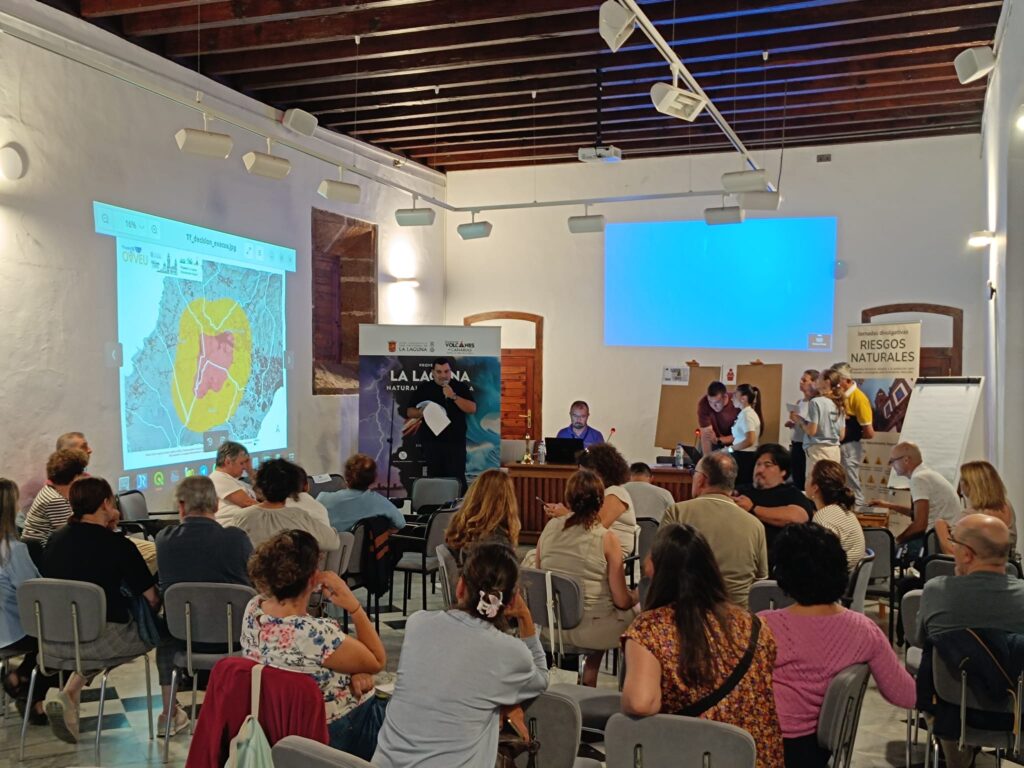The Cabildo of Tenerife, through the Insular Water Council (CIATF), is set to conduct a comprehensive inspection of the Punta Brava underwater outfall from today, Thursday, until November 2. This will be carried out using a high-tech underwater robot (ROV), a remotely operated device that captures images and videos in areas that are difficult to access, thereby ensuring safety and accuracy during the inspection of the pipelines without the need for divers to intervene directly.
The island advisor for Medio Natural, Blanca Pérez, emphasised the significance of this technology, stating, “the ROV provides us with a complete and precise view of the state of the underwater structures, detecting cracks, disconnections or deterioration with an unprecedented level of detail.”
The aim of this new inspection is to gain a detailed understanding of the length of the fissure and to assess whether it is feasible to implement another temporary solution, following the unsuccessful attempt at injecting underwater mortar a few weeks ago, according to CIATF manager, Javier Davara.
During these three days of work, a saltwater pumping system will be installed in the outfall to facilitate the inspection. Additionally, a flange in the diffuser area will be disconnected and examined, alongside evaluating the condition of the pipelines using the ROV.
Furthermore, the CIATF will temporarily halt the discharge of treated water through the outfall and redirect it to a relief system towards a hillside near Camino Burgado (TF-316), at coordinates X:346.234; Y:3,143,371.
The Natural Environment Minister clarified that the discharged water is not sewage but rather wastewater that has been thoroughly treated at the Regional Treatment Plant of the La Orotava Valley, ensuring its safety and quality for the environment.
Indeed, the CIATF conducts regular analyses and prepares subsequent reports on the water quality in that area of the Port of Portugal coastline, in accordance with the stipulations of the current Sea Discharge Authorisation.
REPAIR AND REPLACEMENT OF THE EMISSARY
The inspection using the ROV forms part of an emergency initiative to repair the crack in the outfall, which the CIATF has been undertaking in conjunction with other weekly sampling efforts alongside the Government of the Canary Islands and the City Council of Puerto de la Cruz to diagnose and address the pollution issue affecting Playa Jardín, which has been closed for swimming since July 3.
As a long-term solution, however, the CIATF drafted a project in 2022 that involves replacing a 240-metre section of the outfall, which is currently constructed from polyethylene reinforced with fiberglass—a material that has been found unsuitable for the marine environment, particularly where the fissure is located. The replacement will utilise high-density polyethylene, a much more durable and appropriate material for these conditions.
Once the work is completed, the new section will enhance the strength and anchorage of the outfall to the seabed, ensuring its longevity under adverse conditions. The estimated duration for the work is 16 months, subject to weather and maritime conditions.















